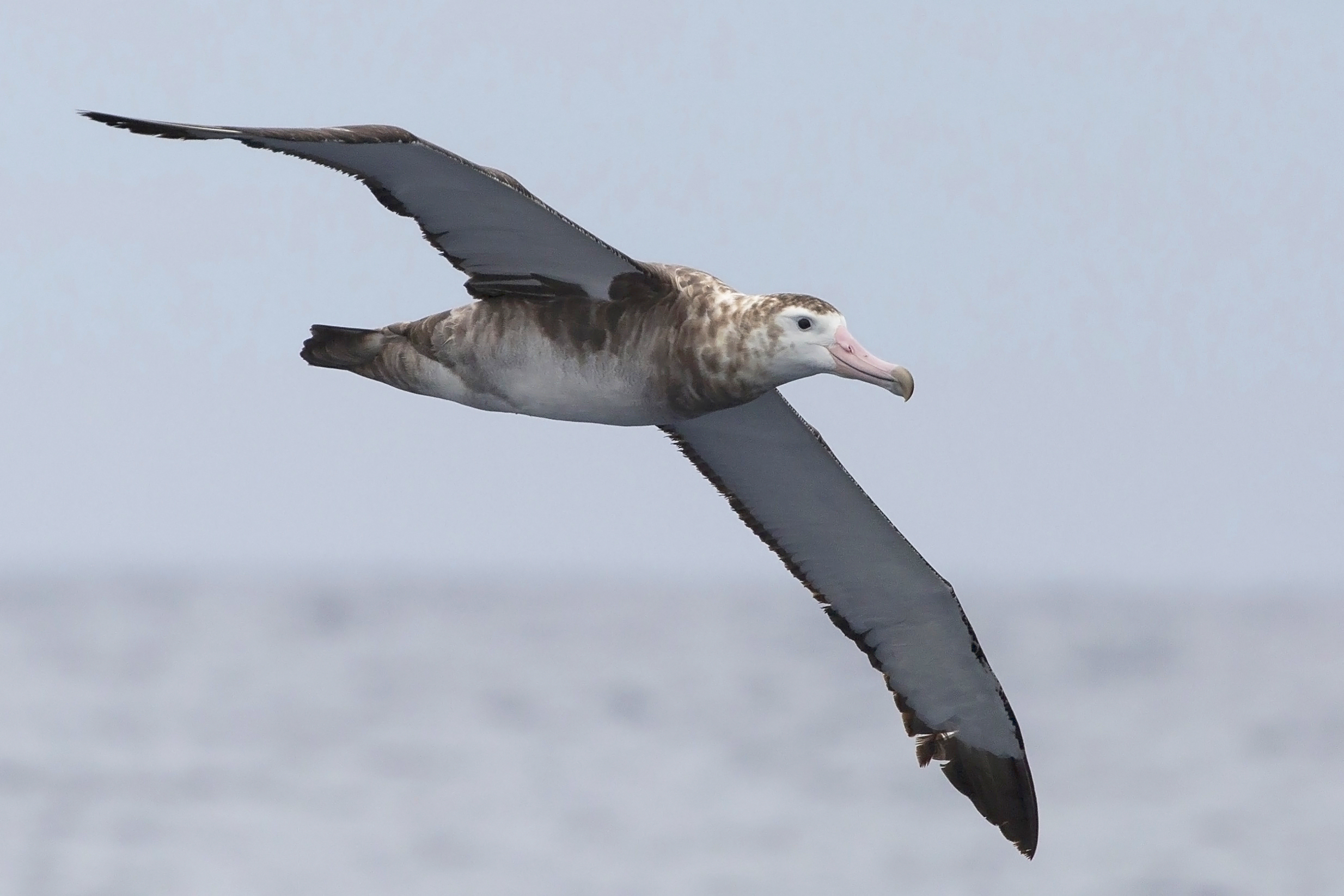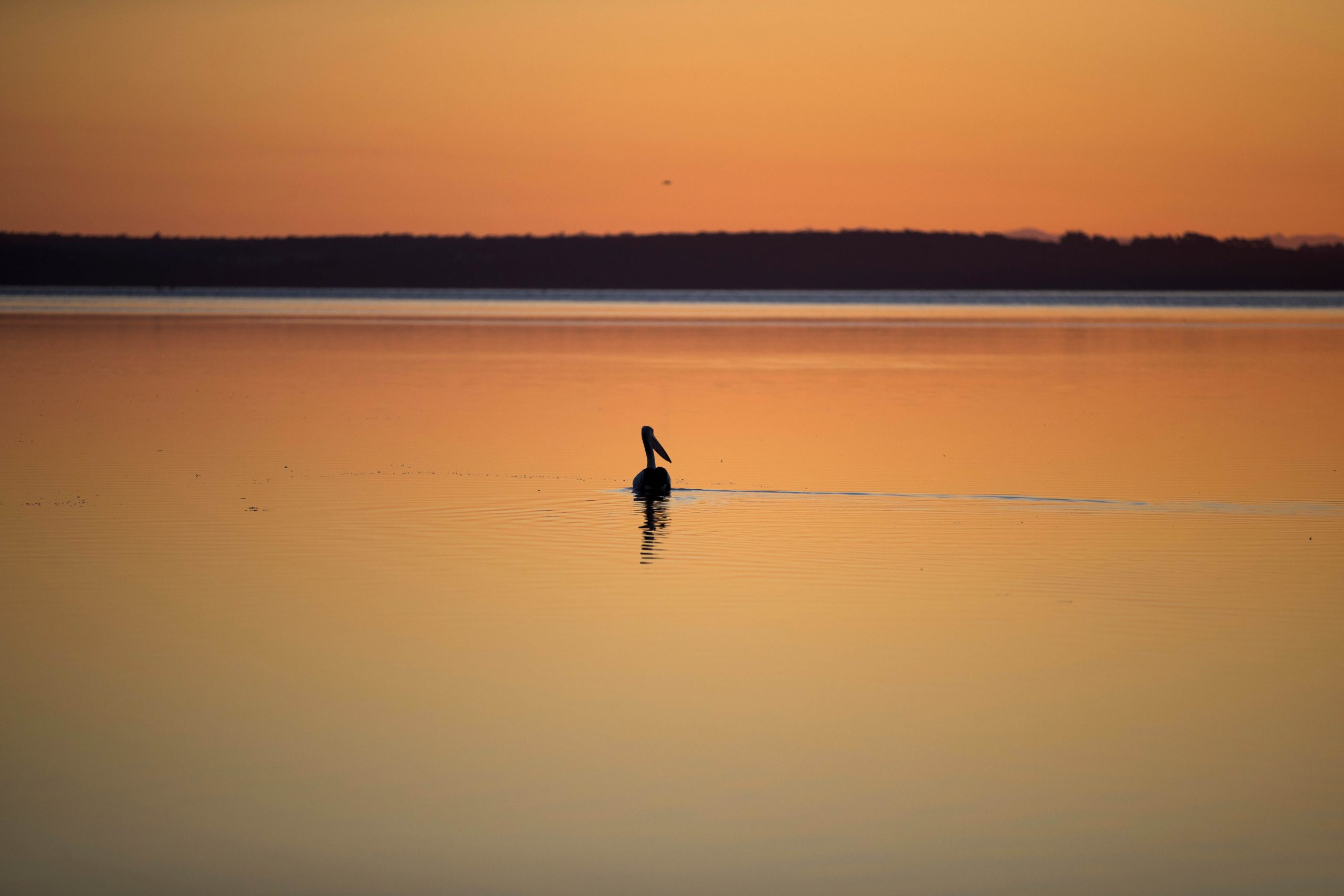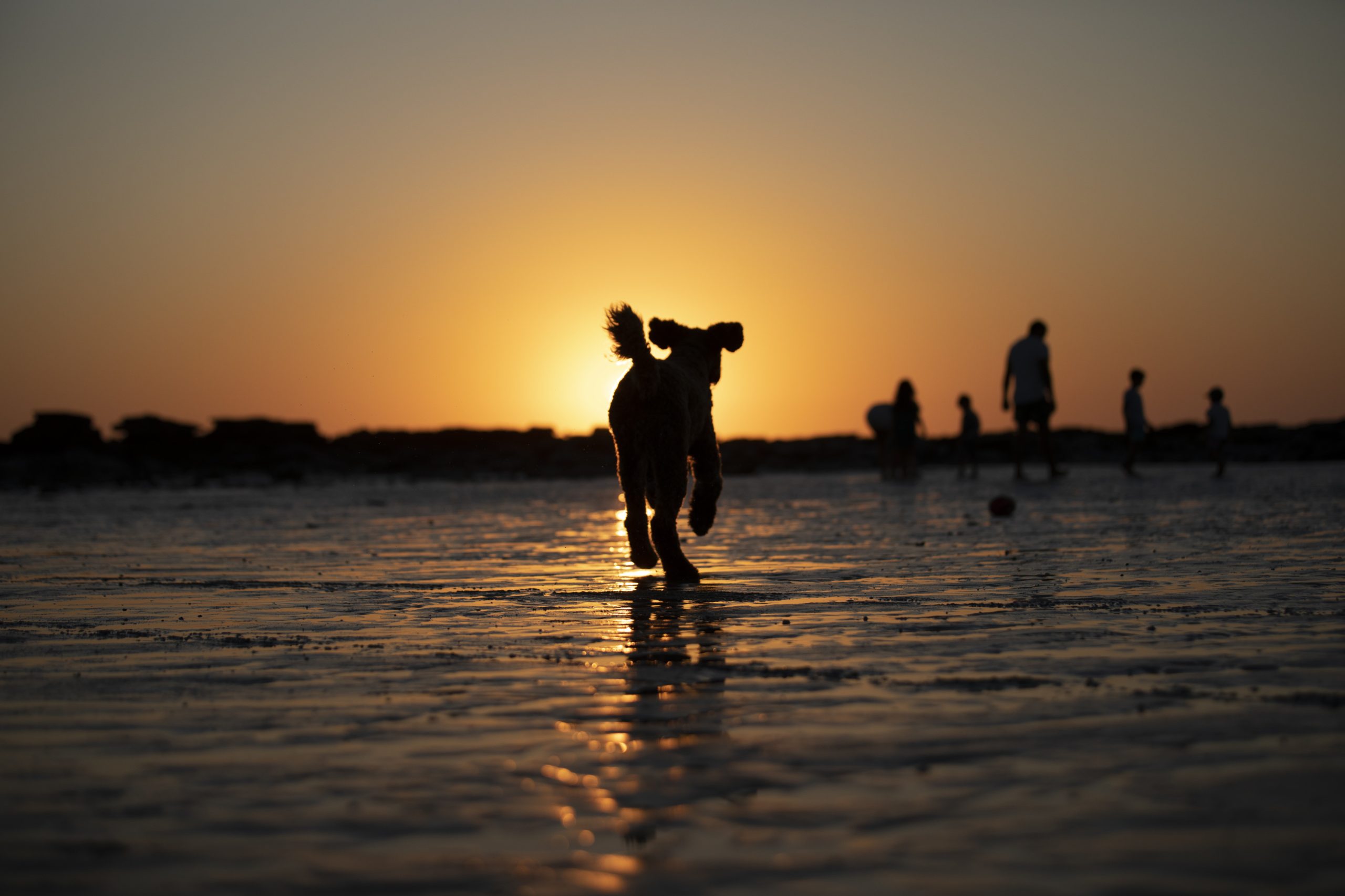How Photographic Identification Helps Study Whales and Dolphins
A Non-Invasive Tool for Tracking Marine Life
Photographic identification is one of the most effective and non-invasive methods used to study whale and dolphin populations.
These highly mobile marine mammals—collectively known as cetaceans—are often difficult to monitor due to their long migrations, deep dives, and short periods spent at the surface.
For example, some species travel thousands of kilometres between breeding and feeding grounds. Meanwhile, others live far offshore, making close observation challenging. Thankfully, with the help of photographic identification, researchers now track individual cetaceans across time and regions without the need for physical tags or interference.
This method provides scientists with consistent, long-term data, especially for species that would otherwise be incredibly hard to monitor.
What Makes a Whale or Dolphin Unique?
Like human fingerprints, whales and dolphins have distinct physical characteristics. As a result, once you know what to look for, identifying individuals becomes easier and highly effective.
To do this, researchers rely on:
-
Fluke shape and notches (especially in species like humpback whales)
-
Dorsal fin nicks, notches, and curvature
-
Scar patterns and rake marks (from interactions or predators)
-
Unique colouration or pigmentation patterns
-
Location and shape of eye patches or saddle patches (especially in orca)
These features remain relatively consistent over time. Therefore, scientists can confidently re-identify individuals and track their life history, behaviours, and movements with greater accuracy.
Photographic Identification in the Bremer Canyon
At Naturaliste Charters, we place a strong focus on research photography. Our dedicated photographer joins every Bremer Canyon Killer Whale Expedition. During each tour, they capture high-quality images of killer whales (orcas), dolphins, and other marine life.
We then submit these images to both national and international research databases. In this way, photographic identification contributes to long-term studies of cetaceans in the Southern Ocean. Moreover, this collaborative approach with marine scientists continues to improve conservation efforts and deepen our understanding of these apex predators and their marine companions.
Citizen Science: Your Whale Photos Can Help!
Guests onboard our tours—whether in Bremer Bay, Augusta, or Dunsborough—are invited to take part in a growing citizen science project. By donating your photographs, you can directly help researchers identify individual whales and dolphins spotted along the Western Australian coast using photographic identification techniques.
Importantly, every photo helps build a clearer picture of population sizes, behaviours, and migration routes. Whether you capture a spyhop, fluke slap, or a dorsal fin from the side, your images might be the missing piece researchers need to better understand a species’ life journey.
Why Photographic Identification Matters
Understanding individual whales and dolphins is key to protecting them. When researchers use photographic identification effectively, they can:
-
Monitor population trends
-
Track migration routes
-
Study social bonds and behaviours
-
Identify threats, such as entanglements or vessel strikes
Ultimately, with your help, we can continue gathering vital data about cetaceans in Australian waters and support global conservation efforts through ongoing photographic identification work.

Killer Whale (Orca)
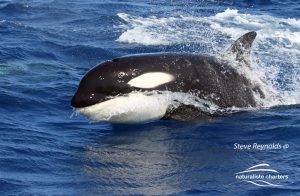
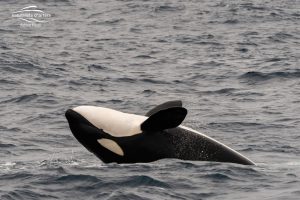
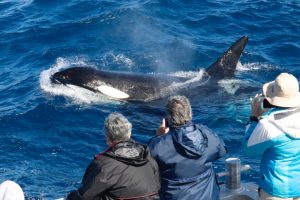
Killer whales (orca) are identified by variations in nicks and notches in the dorsal fin, variations in dorsal fin shape and size and variations in the shape of the white eyepatch and the grey marking behind the dorsal fin called the saddle patch.
Humpback Whales
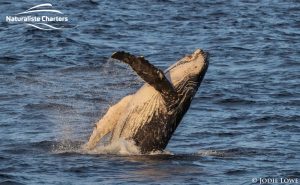
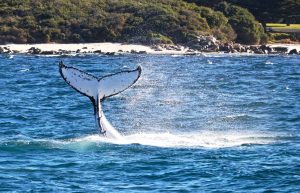
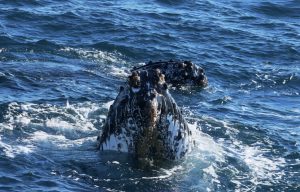
Humpback whales are identified by variations in colour patterns of the ventral side of the fluke (tail) and/or of dorsal fin and flank.
Southern Right Whales
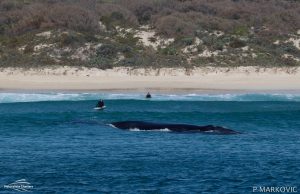
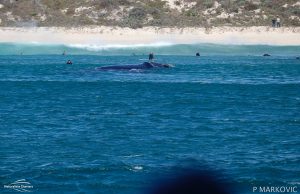
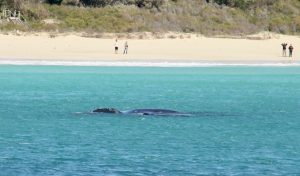
Southern Right Whales are identified by the patches of callosities on the head. These are specialised, roughened patches of skin. About 5% of the right whale population in Western Australia has an unusual, mottled pale skin coloration. Blue whales have distinctive dorsal fin shapes, fluke markings and mottling on their flanks that allow individuals to be identified.
Sperm Whales

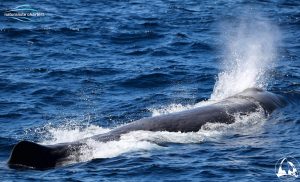
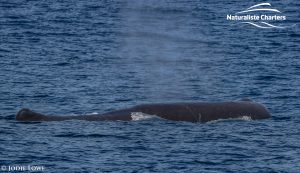
Sperm whales can be identified by the variations in nicks and notches on the trailing edge of their flukes (tail). Adult males are much larger than females, and can also be distinguished by the presence or absence of calluses on the dorsal hump. A large percentage of females (about 85%) have calluses, whereas males almost never have them.
False Killer Whales and other Dolphins
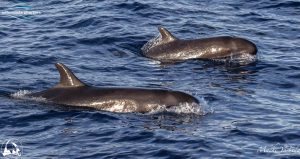

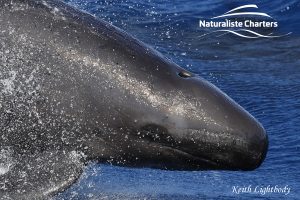
Building Knowledge from Photographic Identification
Over time, information from photographic identification studies provides a wealth of information about whales and dolphins including:
- population size
- survival rates
- reproduction
- social organisation
H3: Join Us for a Whale Watching Experience with Purpose
When you join a Naturaliste Charters whale watching tour, you are not just observing—you are actively contributing to science. From the killer whale season in Bremer Canyon to the humpback and southern right whales of Augusta and humpback and blue whales of Dunsborough, every sighting offers a chance to learn and protect.
📸 Bring your camera. Make memories. Help marine science.

